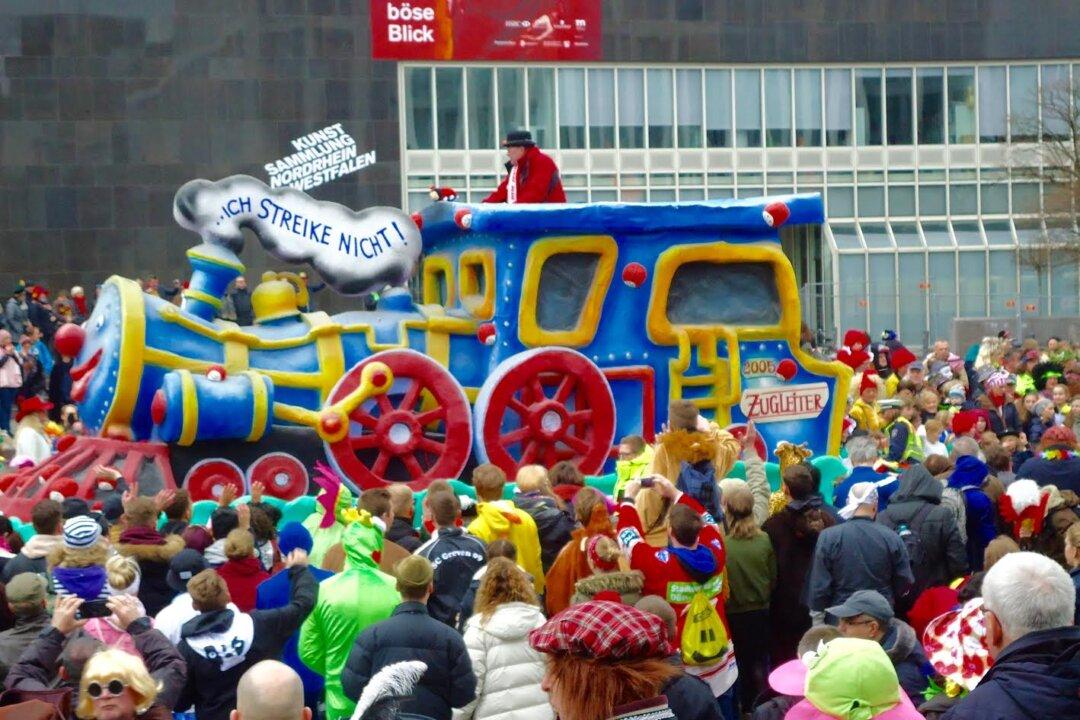Fragrant steam rises from kettles of simmering mulled wine, sparks fly from burning logs stacked in iron braziers, and the scent of sizzling sausages fills the air at Germany’s fabled Christmas markets.
In the tiny town of Kelheim, gingerbread is baking and lights are being lit, while in the city of Ulm on the Danube, thousands gather at crowded stalls in front of a Gothic minster dating to the 14th century.





